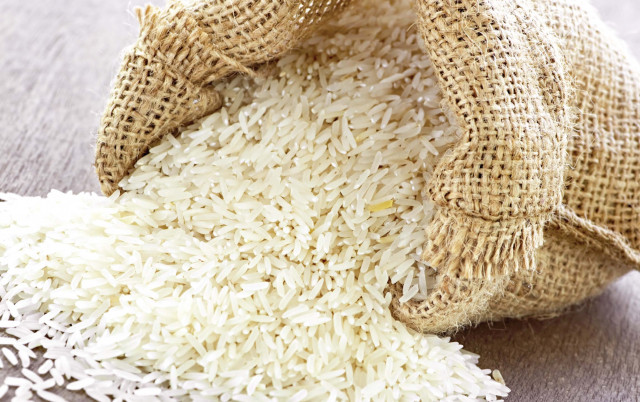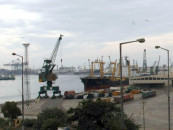Support price for rice: Why many growers prefer to sell for less
Growers have decided to pick the low price on the open market over a ‘better’ offer by the government.

Support price for rice: Why many growers prefer to sell for less
Like some other sectors in our economy, agriculture too is distorted by input subsidies and support prices. The government’s interference, on pretext of powerful lobbies, reigns supreme and open market operations are absent. In this article I will discuss implications of support price for the rice crop which is currently being harvested. Instead of utilising macro-economic data let’s take a look at a true story of a typical small grower in Punjab.
Like every year, the populist government has announced support price for rice growers. This year the erstwhile PASSCO (Pakistan Agriculture Supply and Storage Corporation) has offered Rs1,200 to Rs1,250 per 40 kg to rice growers. To find it out for myself, I made a special visit to my village in Central Punjab, where my family members, all of them small growers, had not only harvested the crop, but also encashed it. Instead of selling to their benevolent government, they decided to sell their crop to the open market through an “exploitative” middleman. Outrageously, the open market offered them around 20% less than what the government had announced, but using their free will, the growers still sold!
The following story narrates in detail why many growers decide to pick the low price of open market over high price of the government.
When the government announces support price, it uses discriminatory methods to qualify certain growers by putting some conditions. The first condition is that the growers have to obtain a jute bag, called bar-dana, that is available only at government stores. In critical times however, as market fundamentals would predict, these bags vanish and are sold on the black market. The second problem is that even if these bags are available, they are not enough to cater to demand. Thus the growers either beg the inspectors to supply them sufficient bags or resort to agents to actually pay a commission to get these bags, which otherwise are “free”. They are “free” only as much as we want them to believe, otherwise they are paid by some of other tax payers.
The second condition is that once the lucky growers, who receive sufficient quantity of bags, are ready to sell their produce, they will need to form a queue in front of government stores. They can wait and see numerous large growers, who can influence government inspectors, overtake them and sell their produce. This process can take couple of days. In the meanwhile the lack of adequate storage is a constant threat to his produce.
This extends his trial to yet another, third condition. The government inspector will inspect the quality of produce and is authorised to reject the lot. Once this rejection is announced, the grower, who had painstakingly arranged the jute bag and had waited for a good couple of days, has to go back. This means that he will now bear an additional transportation and storage cost. If he is lucky on his way back, he finds a “self-interested” middleman, who offers him cash and purchases the produce, at a discount.
In the event the farmer is lucky enough to sell to the government, he won’t get paid right away. The government stores do not carry cash! The farmers get a receipt and get paid in a few weeks time.
An intelligent, self-respecting and business savvy grower, especially small grower, which is the case with 90% of our farmers, will always compare the out of pocket expense and the implied opportunity cost of resorting to the government support price. It is true that he is not literate by our standards, but he is very well educated about the economics of his livelihood. In fact, my typical farmer has already calculated an open market equivalent to support price. If the government price is Rs1,200, then after considering all the hassles mentioned above, the grower would be happy to sell his crop for Rs1,000, on ex-farm basis, against hard cash. Thus the open market keeps the prices under control and offer some respite to the struggling urban consumers.
There are several policy lessons from this true story. First, state intervention in commodity pricing, ostensibly done for welfare, is not only an economic but also political nonsense. A frustrated farmer in the presence of a support price is more belligerent than a struggling farmer in the absence of a support price. Secondly, when you curtail open markets, black markets emerge. The condition of carrying the produce in government provided jute bags should go. Thirdly, even the illiterate farmers can make rational and well-informed economic decisions, only if the all-knowing, benevolent government gets aside and vanishes.
The writer is founder and managing Partner of a research firm, Development Pool
Published in The Express Tribune, November 28th, 2011.


















COMMENTS
Comments are moderated and generally will be posted if they are on-topic and not abusive.
For more information, please see our Comments FAQ